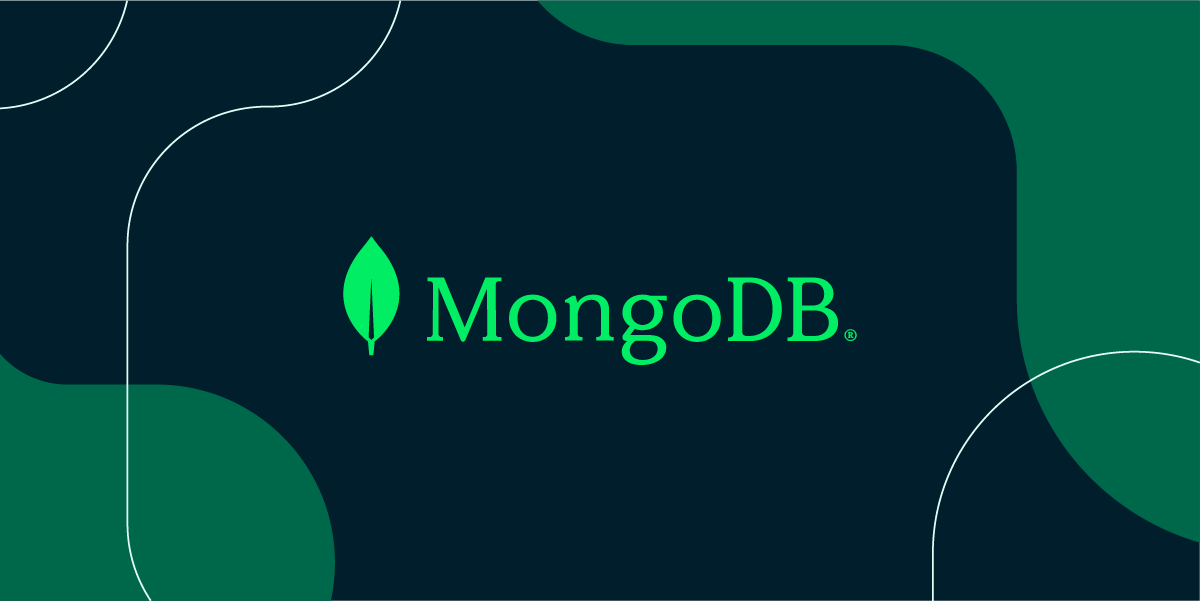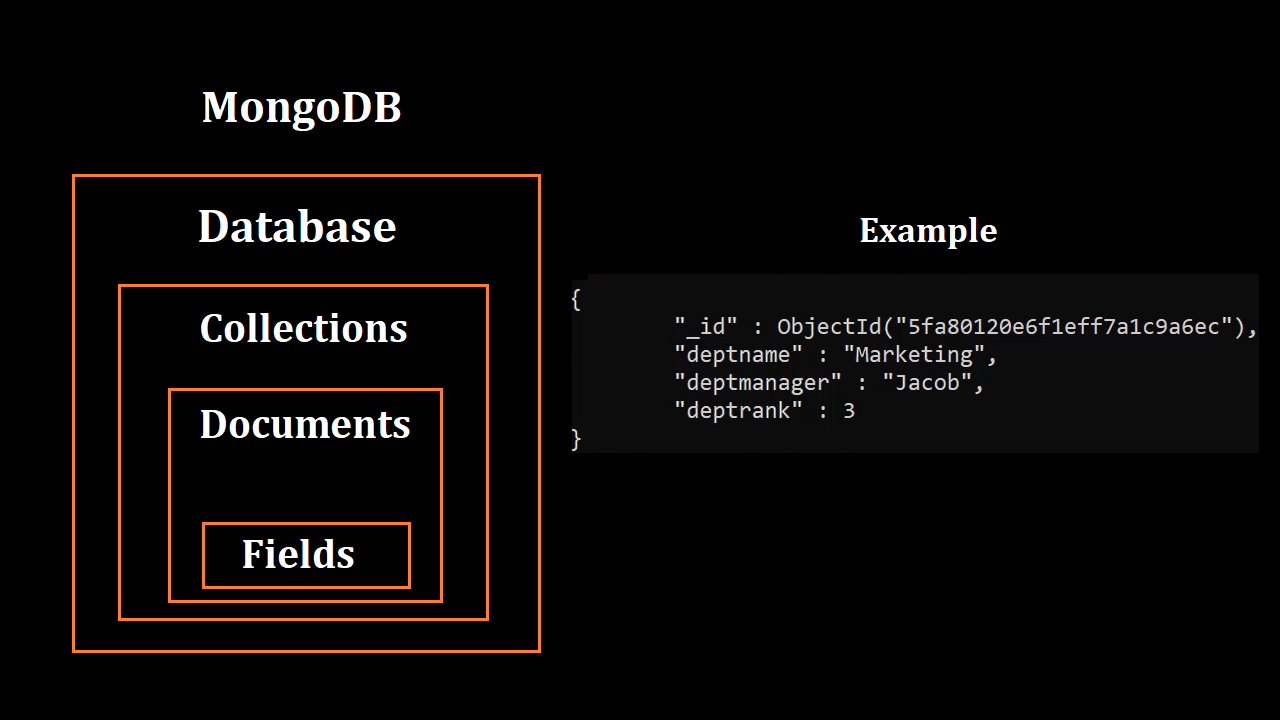MongoDB
Introduction
MongoDB is a popular NoSQL database that has become increasingly popular in recent years due to its scalability, performance, and flexibility. In this summary, I will explore the key features, benefits, and drawbacks of MongoDB.

History
Dwight Merriman and Elliot Horowitz founded MongoDB in 2007. They discovered that standard relational databases were inadequate to meet the requirements of contemporary online applications, which frequently need for flexible data models and horizontal scalability. They created a brand-new category of database to handle and manage unstructured and semi-structured data in order to solve this problem.
In 2009, MongoDB’s initial version was published, and thanks to its efficiency and flexibility, it immediately became a favourite among developers. In 2011, MongoDB had more than a million downloads, and several significant businesses, including as eBay, Craigslist, and The New York Times, were using it.
In the years that followed, MongoDB continued to grow and evolve. In 2013, the company introduced MongoDB Enterprise, a commercial version of the database that included additional features and support. In 2017, MongoDB went public, raising over $192 million in its initial public offering. Today, MongoDB is one of the most popular NoSQL databases in the world, with over 100 million downloads and a community of developers and users that continues to grow.
Features
Document-Oriented Approach
- The document-oriented approach of MongoDB is one of its key characteristics. MongoDB stores data in collections of documents as opposed to the tables that typical relational databases use to store data. Each document is an object that resembles JSON and comprises a collection of key-value pairs that may be nested. Because of this, complex data structures can be stored and queried with greater ease than with conventional relational databases.
Scalability
- The scalability of MongoDB is another important aspect. MongoDB can extend horizontally across several servers and is made to manage massive amounts of data. When the amount of data and users rise, it can handle an increasing load thanks to built-in sharding and replication features. Therefore, companies can start small with a single server and then grow to include more servers as their data needs increase.
Flexible Schema
- Another crucial aspect that makes MongoDB a well-liked option for enterprises is its adaptable schema. Conventional relational databases have a set schema that specifies the data’s organisational structure. In contrast, MongoDB’s adaptable design enables businesses to add or delete fields from documents without having to change the model. This makes it simpler to manage changing data structures, which can be difficult with conventional relational databases.
Indexing
- A robust indexing system in MongoDB makes it simple to search for and quickly retrieve data. Many indexing possibilities, including as single-field, compound, and multi-key indexes, are supported. This enables companies to build indexes that are tailored to their particular data access habits.
Aggregation Framework
- Businesses may do sophisticated data analysis and reporting thanks to the aggregation architecture provided by MongoDB. It provides a number of operations, such as filtering, grouping, sorting, and aggregation calculation. As a result, doing complicated data analysis activities without the need to create challenging SQL queries is made simple.
MapReduce
- Moreover, MongoDB supports the MapReduce data processing paradigm, enabling organisations to carry out distributed data processing activities. Data gathering, filtering, and transformation are a few examples of jobs that MapReduce is useful for.
Text Search
- MongoDB has a built-in text search engine that allows businesses to search for text in their documents. The text search engine supports a range of features, including stemming, stop words, and phrase searching.
Rich Query Language
- Another crucial aspect that makes MongoDB a well-liked option for companies is its query language. The query language’s user-friendly architecture and support for a large range of operators and functions make it simple to execute sophisticated queries.

Benefits
MongoDB’s scalability, performance, and flexibility are its key advantages. Businesses may create high-performance apps that can cope with enormous volumes of data and users by utilising MongoDB. Complex data structures are simple to store and query with MongoDB’s flexible schema, which can increase development productivity and cut down on time spent on data modelling and schema design.
A wide range of functions for data analysis and reporting are also available with MongoDB. Large amounts of data can be analysed using the MapReduce and aggregation frameworks, which are supported, and they can also be utilised to create unique reports. It also works nicely with well-known business intelligence and data visualisation platforms like Tableau, Power BI, and Looker.
The developer-friendliness of MongoDB is another advantage. It is simple to integrate with well-known programming languages like Java, Python, and Node.js because to its wide collection of APIs and drivers. As a result, creating and maintaining applications built on top of MongoDB is made simpler for developers.
Drawbacks
Despite its many advantages, MongoDB does have a few disadvantages that need to be taken into account before using it as your main database system. The fact that MongoDB is not as developed as more established relational databases like MySQL and PostgreSQL is one of its key limitations. This implies that it might have more bugs and less community help, which could make troubleshooting problems more challenging.
The absence of transaction functionality in MongoDB is another potential flaw. Even while MongoDB now supports transactions, it is still not as reliable as conventional relational databases. It might not be appropriate for applications that need complicated transactions and multi-document modifications as a result.
Finally, although sophisticated, MongoDB’s query language can be more difficult to understand than SQL. This can make learning the query language for MongoDB more challenging for developers who are used to dealing with SQL.
Summary
In conclusion, MongoDB is a potent NoSQL database with several advantages for businesses that must store and analyse massive amounts of data. Modern applications that call for advanced data modelling and analysis can benefit from its flexibility, scalability, and performance. However, some businesses may find its inexperience, lack of transaction support, and sophisticated query language to be a detriment. When choosing to use MongoDB as your primary database system, it’s crucial to consider these advantages and disadvantages.
Credits
- Øyvind Meldahl (oyvind-meldahl)
References
- https://www.mongodb.com
- https://en.wikipedia.org/wiki/MongoDB
- https://www.w3schools.com/mongodb/
- https://www.mongodb.com/compare/mongodb-mysql
- https://www.youtube.com/watch?v=3GHZd0zv170&t=891s (Data Modeling with MongoDB)
- https://www.youtube.com/watch?v=t0GlGbtMTio (Which is better, SQL vs NoSQL)